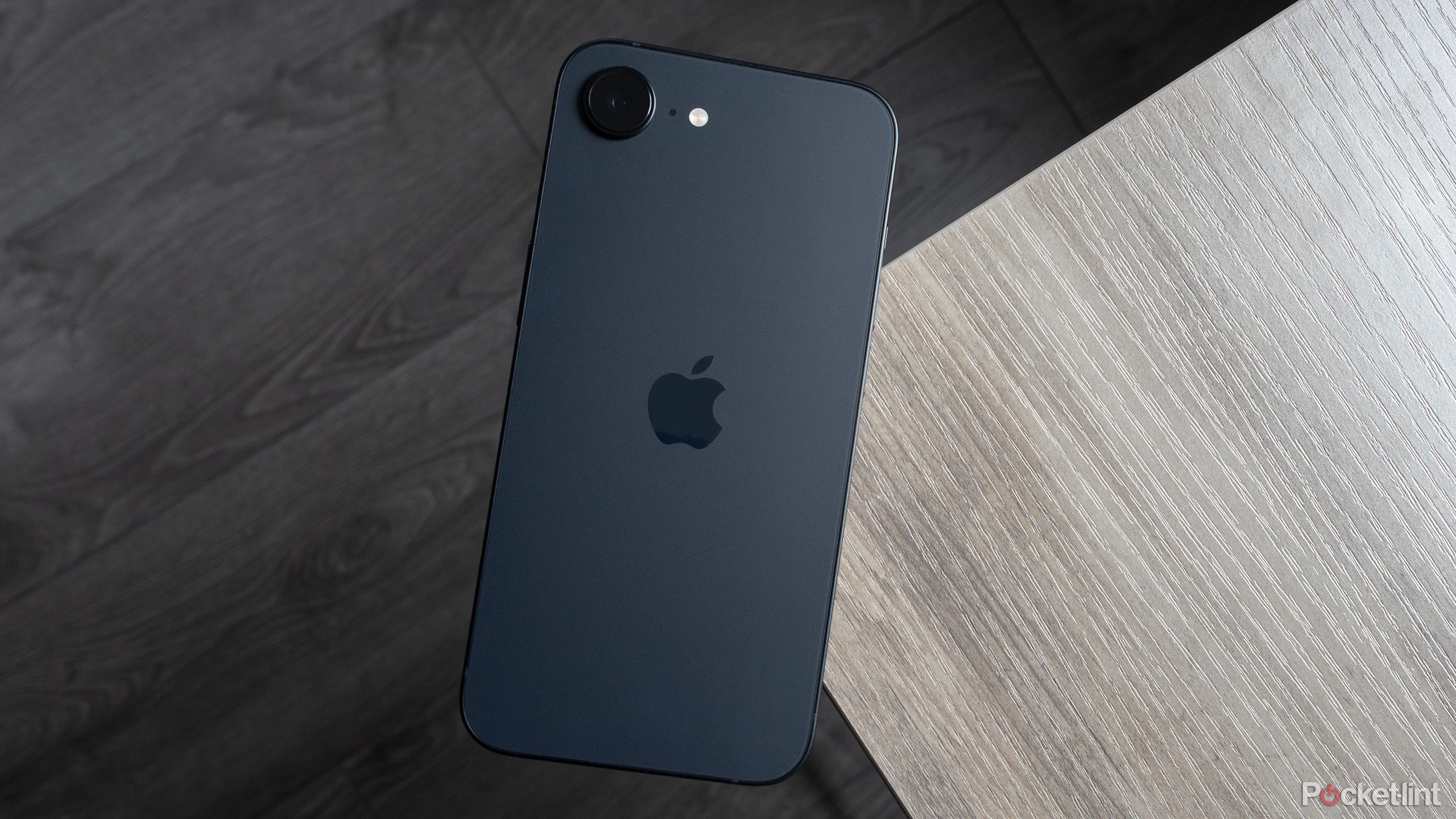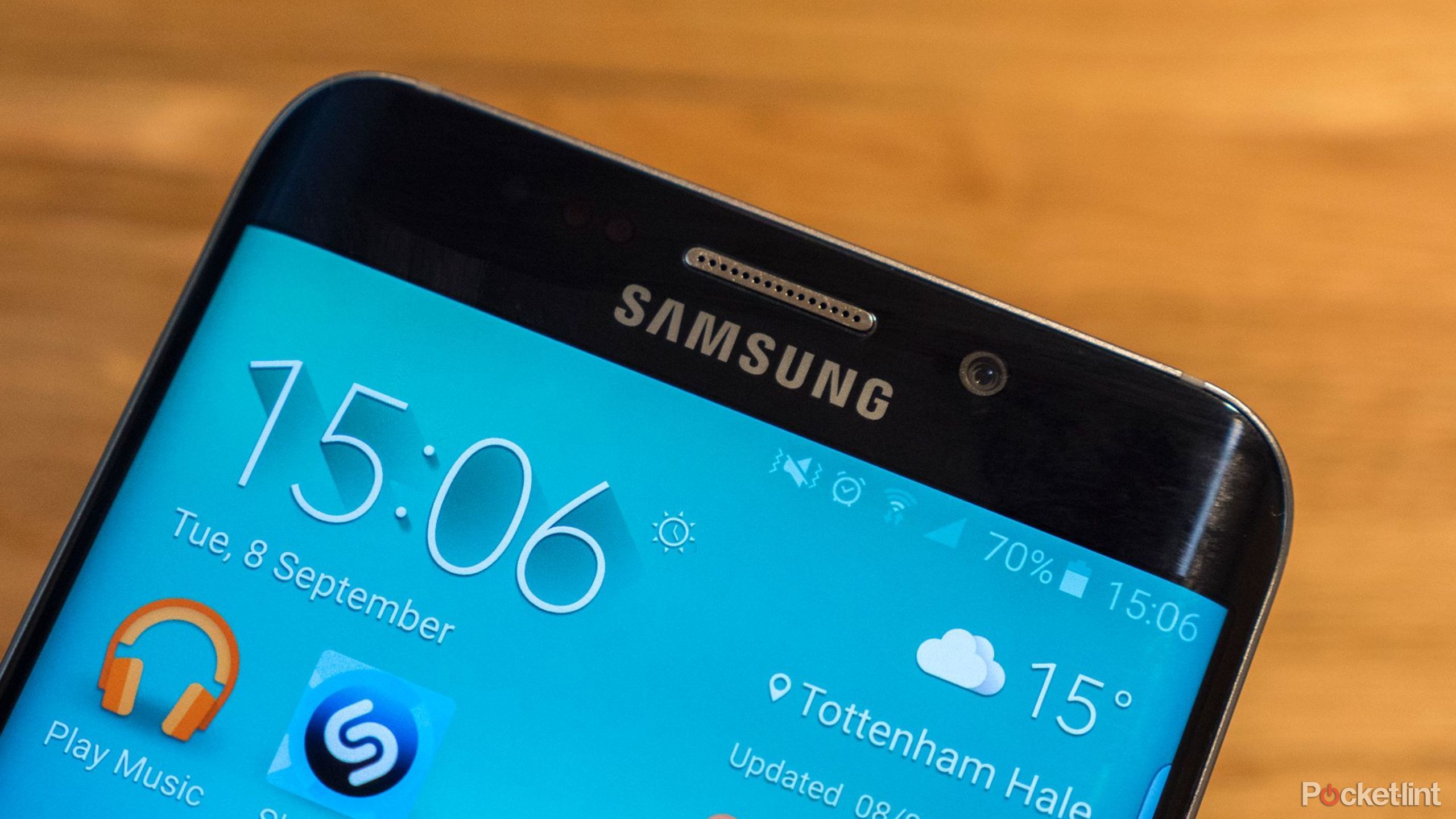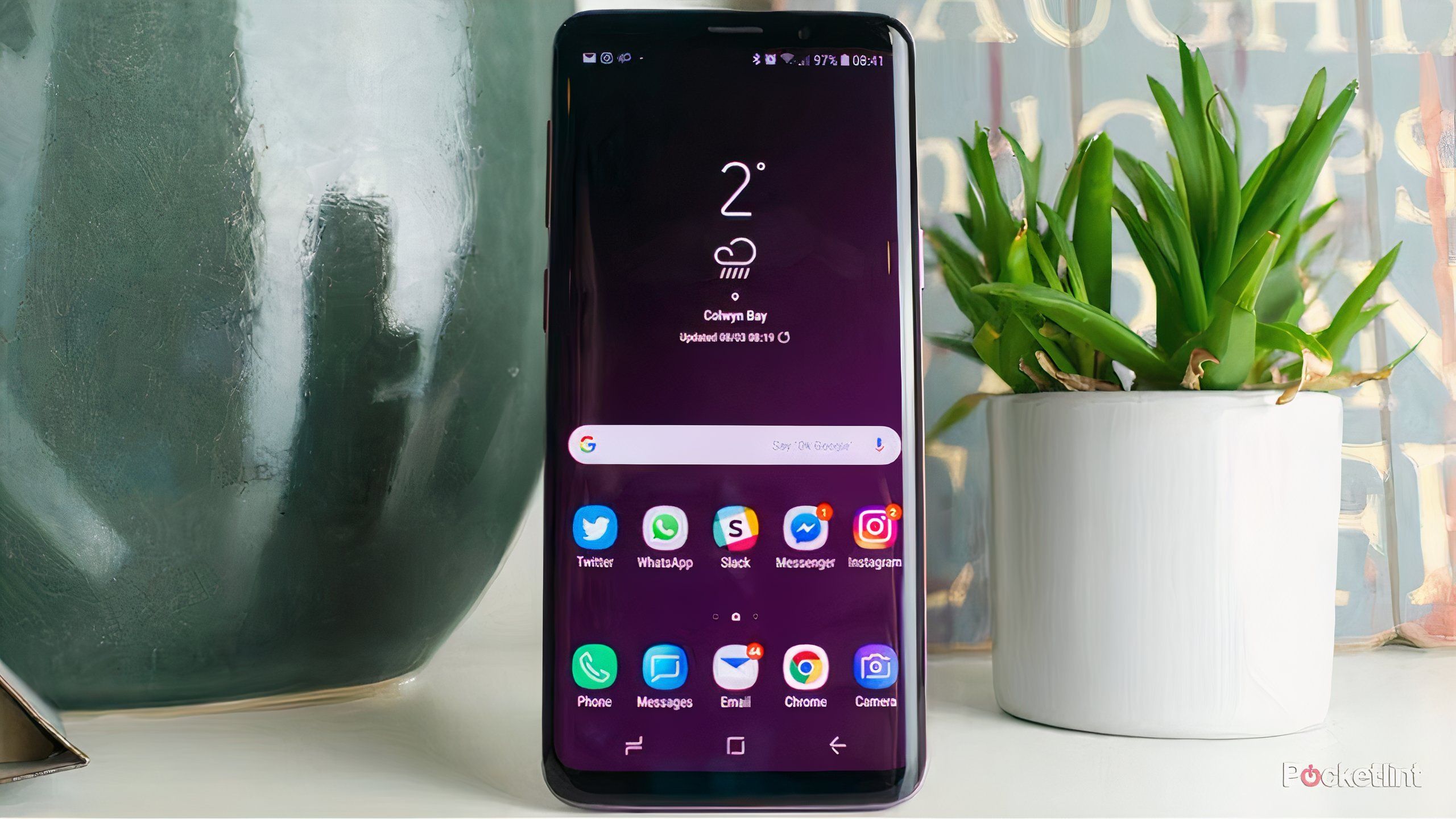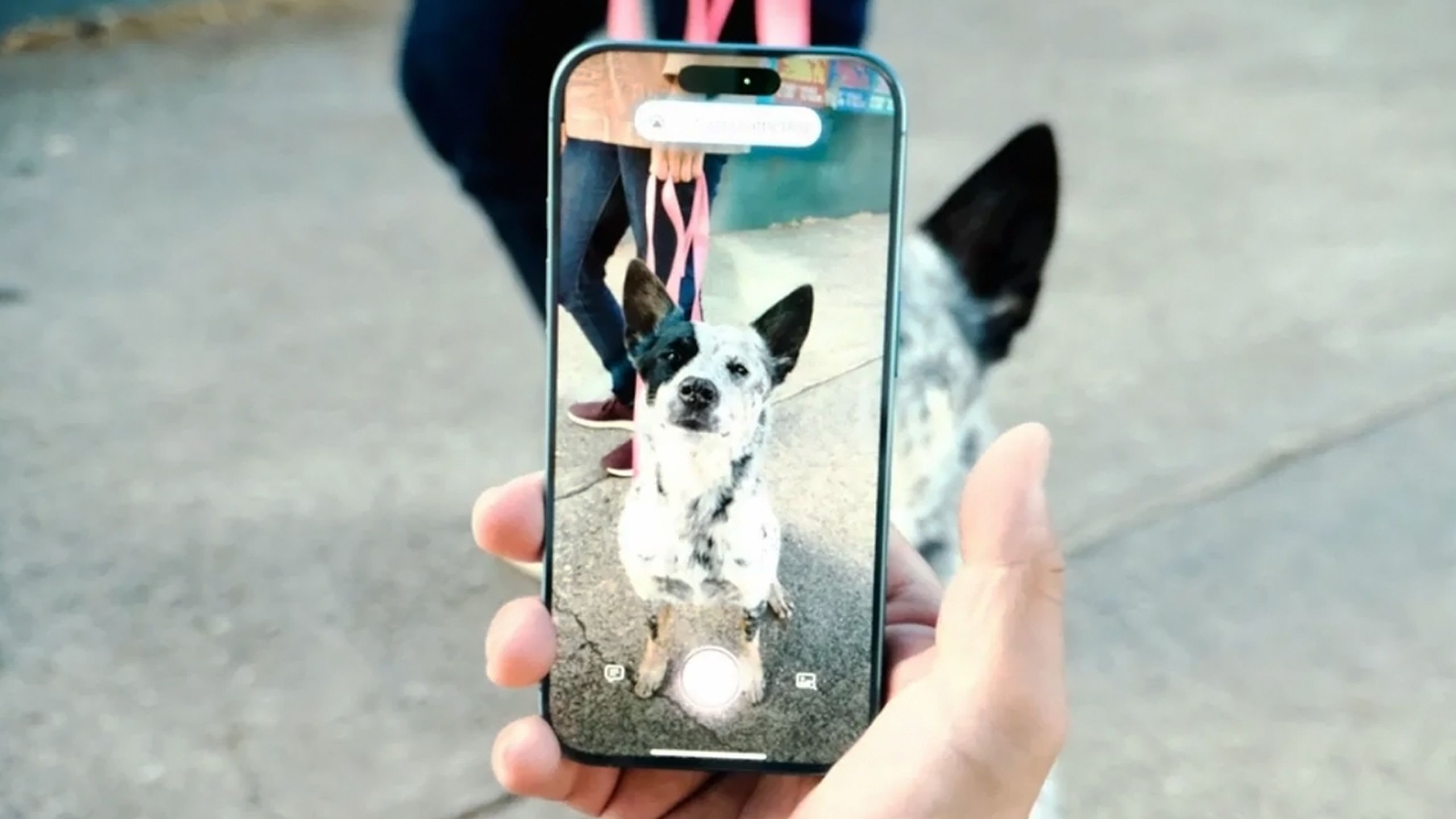Summary
- Apple’s 20th-anniversary iPhone is rumored to be getting an all-screen design with curved edges.
- That mimics a design strategy Samsung tried for years, but then abruptly abandoned, likely because curved displays create usability and fragility issues with little tangible reward.
- That suggests that Apple is adopting curved glass solely for aesthetic reasons.
You may have noticed that it’s increasingly common to see rumors about smartphones that are over a year away, sometimes two years. That might feel like an eternity in the tech industry, and hopelessly speculative, but it makes sense that rumors would emerge that far in advance these days. It takes years for a company like Apple to bring a phone to shelves, and any dramatic changes — well, dramatic by Apple’s standards — need to be plotted early into the development cycle. It’s not like an automaker can decide to switch a car from gas to electric three months before it hits showrooms.
I’m mostly referring to the iPhone 19, which is only expected to premiere in September 2027, yet already has a few significant rumors. One of these is that different models may roll out in phases — you might have to wait a few months to get the standard version. Another is that Apple is switching to a truly “all-screen” design, with curved glass over the edges. But that already feels like a mistake Apple will have to correct, given the track record of similar phones by Samsung.
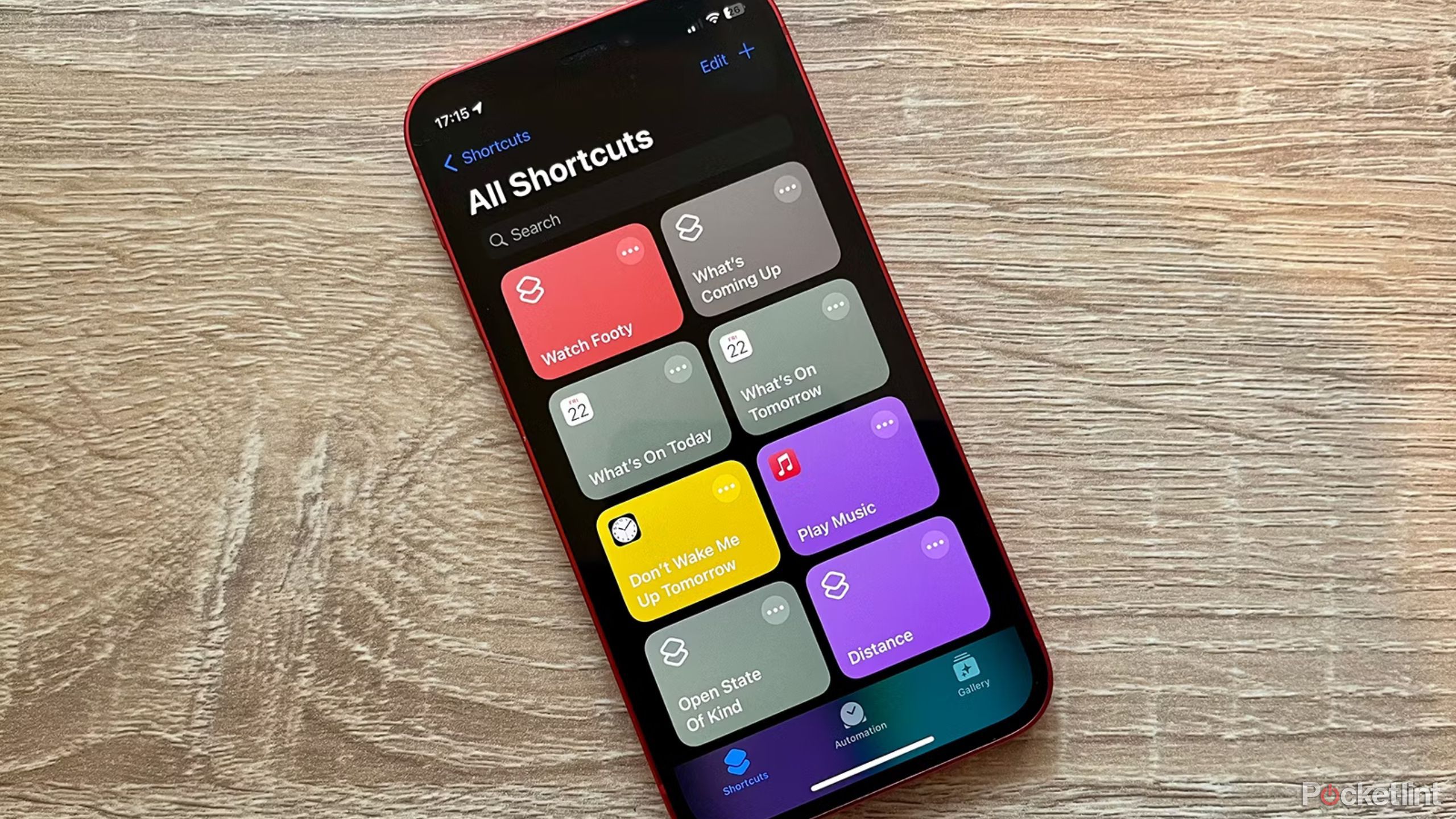
Related
Apple should make a new iPhone mini, and here’s how I want it to look
Tech has advanced enough to solve the Mini’s shortcomings.
Samsung’s edgy history
Fine until it wasn’t
Samsung was one of the first phone makers to try curved displays, way back in the early 2010s. The Korean giant made full use of its Display manufacturing subsidiary, which was experimenting with curved OLED panels long before the Galaxy Fold came into being. One phone — 2013’s Galaxy Round — actually went with a concave curve, which is something I’d like to see phone makers try again, if just to make direct screen impacts less likely.
The turning point was likely 2015’s Galaxy S6 Edge. Even now, it’s a slick-looking design, thanks to those curved edges (superficially) making it feel like it’s bezel-free. I’m against bezel-free phones as well — but I won’t deny the visual appeal of fading bezels, and the minor practical upgrade in allowing both images and touch gestures to extend as far as possible.
Samsung has largely stuck with flat displays since the Galaxy S20.
Shoppers apparently liked the S6 Edge, since Samsung took its reception as a cue to make waterfall displays common rather than just a gimmick. That’s not to say gimmicks didn’t happen — before the S6 Edge, a lone curve on the right side of the Galaxy Note Edge was used for things like notifications, app shortcuts, and even a camera shutter.
Curved edges soon became the norm on several generations of Galaxy S and Note models. Then the S20 arrived with a flat display — signaling a surprise about-face. Samsung has largely stuck with flat displays ever since, clearly having had a revelation at some point.
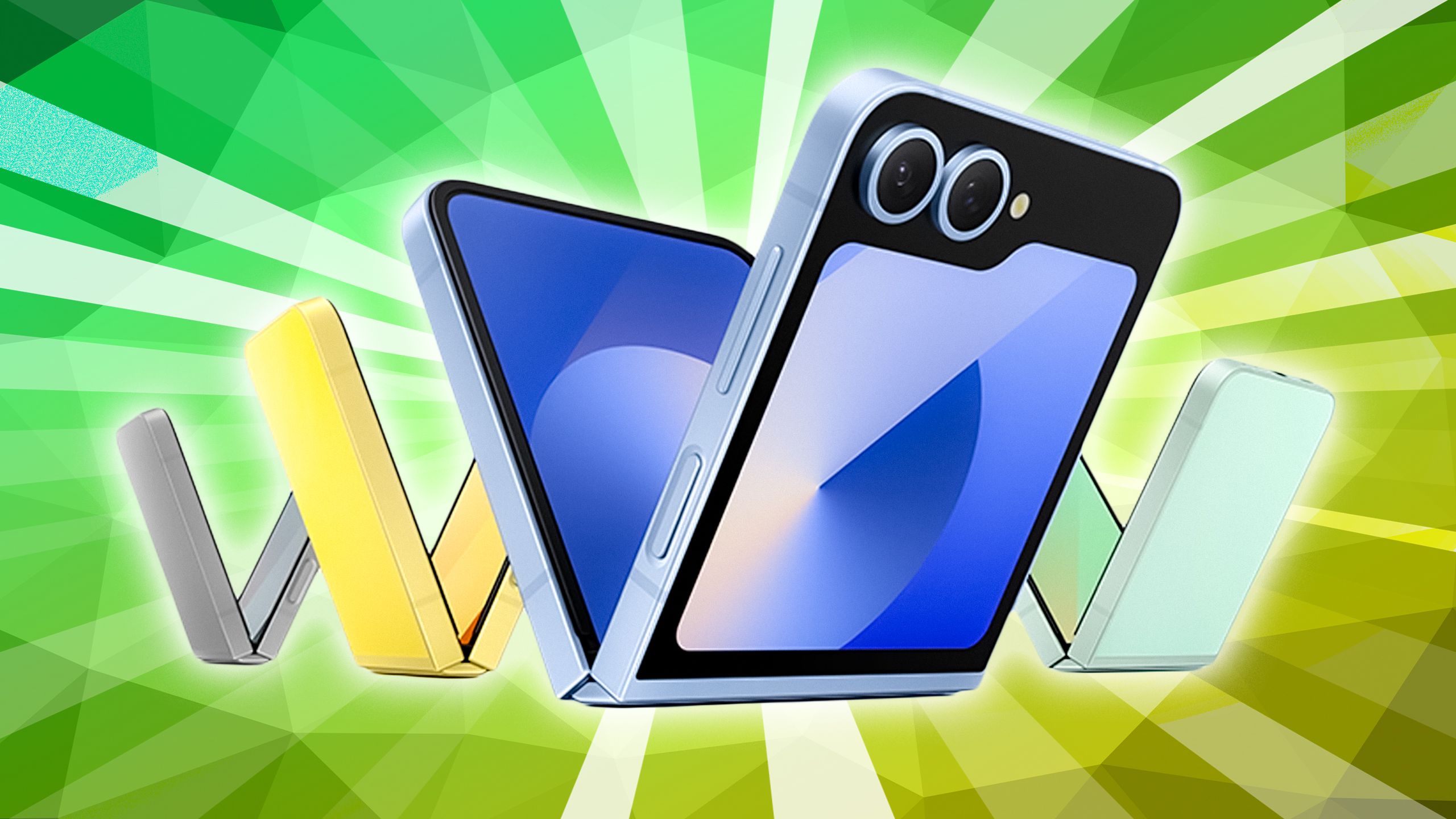
Related
Clamshell foldable phones are the wave of the future – here’s why
Book-style foldables might be sexier, but pragmatism is going to win the day.
Why curved glass edges just don’t work
Aesthetics über alles?
That revelation may have involved weighing the practical value of curved screens versus the cost of producing them. That is to say, there’s almost no practical value in them at all, and they’re actually a detriment to usability for many people.
As I mentioned a moment ago, curved edges are beneficial for maximizing screen area, and keeping bezels out of the way of swipe gestures. But that comes with serious tradeoffs — including making it harder to grip a phone without accidentally triggering touch commands. I sometimes run into similar problems with my iPhone 16 Pro, despite it being a flat-screen device in a case. I can only imagine how awful things would be if I was left with an even tinier sliver of chassis to rest my fingers on. In retrospect, I’ve never had a positive experience with that concept on any Samsung phone I’ve tried.
You’re left with a device that’s just begging to suffer screen damage the next time you drop it, or simply get clumsy walking through a doorway.
Worse, curves make a phone display inherently more vulnerable to cracks and scratches. There’s just no way around it. A case may help, but its lip can only extend so far without blocking touch inputs — so you’re left with a device that’s just begging to suffer screen damage the next time you drop it, or simply get clumsy walking through a doorway.
Samsung abandoned putting interface elements on screen edges even faster than it dropped curved displays as whole. It wasn’t the worst idea, but at best, Samsung’s software kept you aware of notifications if your phone was on a table face-down. Otherwise, you’d occasionally have to tilt your phone a little to see what you were interacting with, defeating some of the convenience. There aren’t any rumors of Apple following suit this closely, to be clear, but it’s another way in which waterfall tech feels pointless.
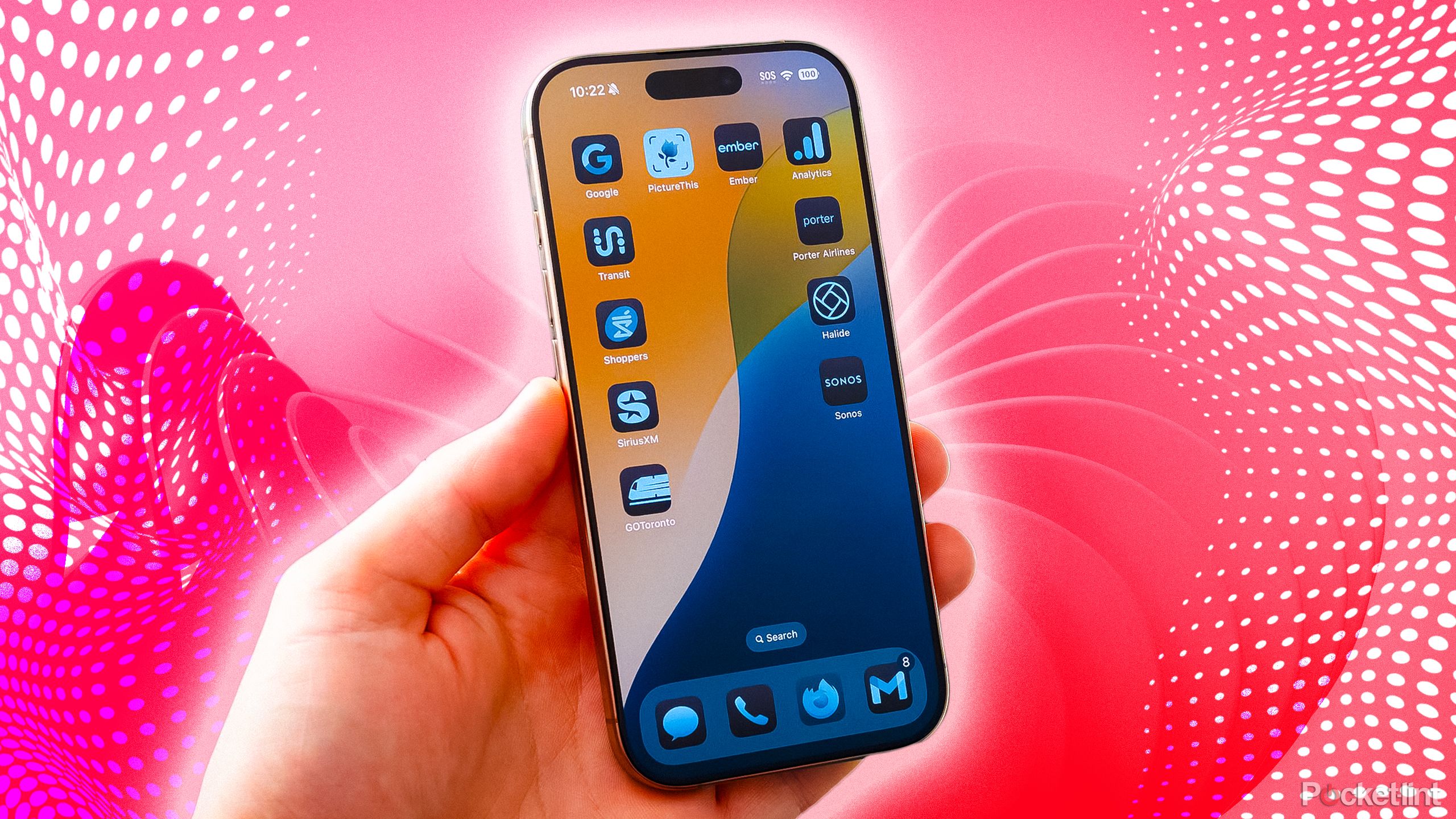
Related
Dear smartphone makers, please stop with the bezel-less displays
Phone makers seem so preoccupied with whether they can that they don’t stop to think if they should.
So why would Apple go curved, then?
You know the answer
Apple
Based on how rumors have described the iPhone 19, Apple seems hellbent on delivering a device that feels like a slab of pure glass. In a way, that’s admirable, since the best devices tend to get out of your way, metaphorically speaking. It’s one of the reasons both Apple and Google are deeply invested in augmented reality — you can’t get much better than an interface that’s always accessible, and controllable with your voice and body gestures when you don’t have controllers handy.
It may or may not be too late for Apple to change course, but even a bezel-free flat design will probably be better than anything curved.
My issue is that, barring some fantastic innovation, Apple seems poised to do this solely to make a product that looks radically different from previous iPhones. I get the business logic. Apple’s coming up on the 20th anniversary of the first iPhone ever, and both critics and customers have complained about the product staying largely static since 2019’s iPhone 11. There’s pressure to take things in a different direction, and ultimately, I think everyone has a vision of smartphones becoming the sort of ultra-minimalist tablets you see in sci-fi movies.
Real-world experience has shown us how impractical that is, however. It may or may not be too late for Apple to change course, but even a bezel-free flat design will probably be better than anything curved.

You might also like
Everything you need to know about PEVs, or personal electric vehicles
You can use PEVs like e-bikes and scooters to explore, run errands, or speed up your commute.




